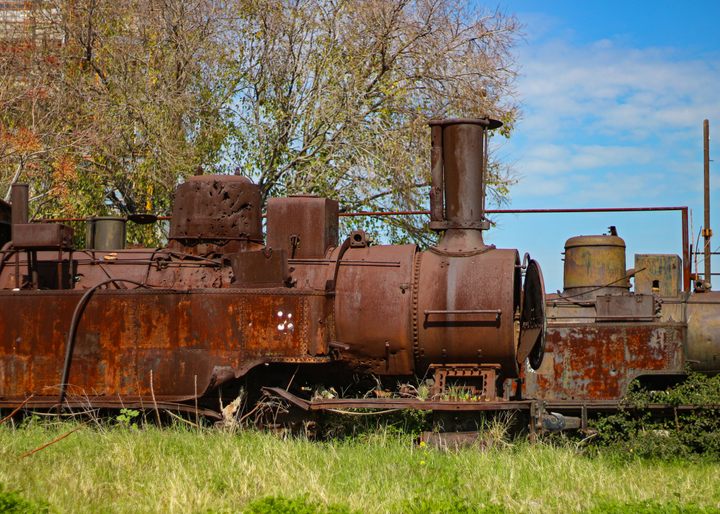
The Daunting Challenge of Saving Lebanon’s Storied Rail Network
Can rusting locomotives and crumbling stations become a vibrant transportation network again?
The course of Elias Maalouf’s life changed in 2005, when he saw Syrian soldiers burning the archives of Lebanon’s railway system in an abandoned train wagon. He dashed to the wagon and thrust his hands into the fire to save whatever he could. It was the beginning of a life’s work.
Maalouf had gone to the train station in his hometown of Riyaq to film for a documentary the Syrian military’s withdrawal from its 29-year occupation of Lebanon. Maalouf’s family had fled Riyaq for Ecuador during Lebanon’s civil war, which had broken out in the 1970s and lasted for 20 years. The Syrian military entered the country around the same time, leading to a long and bitter occupation.
When he was a child abroad, Maalouf’s parents had told him stories of a glittering Riyaq, where there was a cinema, a cabaret, dancing, and music, all sustained by the trade brought by the train station. But by the time he moved back to Riyaq as a young man in the 1990s, the station had been repurposed as a Syrian military base, and civilians were forbidden from entering.

In 2005, Maalouf, as a young journalist, was expecting to film the departure of the Syrian soldiers, but instead he saw them destroying the records of a heritage he’d dreamed about. He could not resist acting.
“It became very emotional for me,” he says. “It was my dream of entering into the train station that I was never allowed to.”
It’s not clear why the soldiers were burning the archives, although the Syrian military has been accused of stripping and selling parts of the Lebanese rail system on their way out of the country. Maalouf managed to rescue a couple of documents, scorching his hands and his shirt in the process, but then he heard gunshots.
“I didn’t notice that they [the soldiers] were still in the train station.... They took their shotguns and they [shot] up into the sky to scare me,” he recalls. He hid between the wagons and watched as they returned to finish the job and destroy the remaining archives.
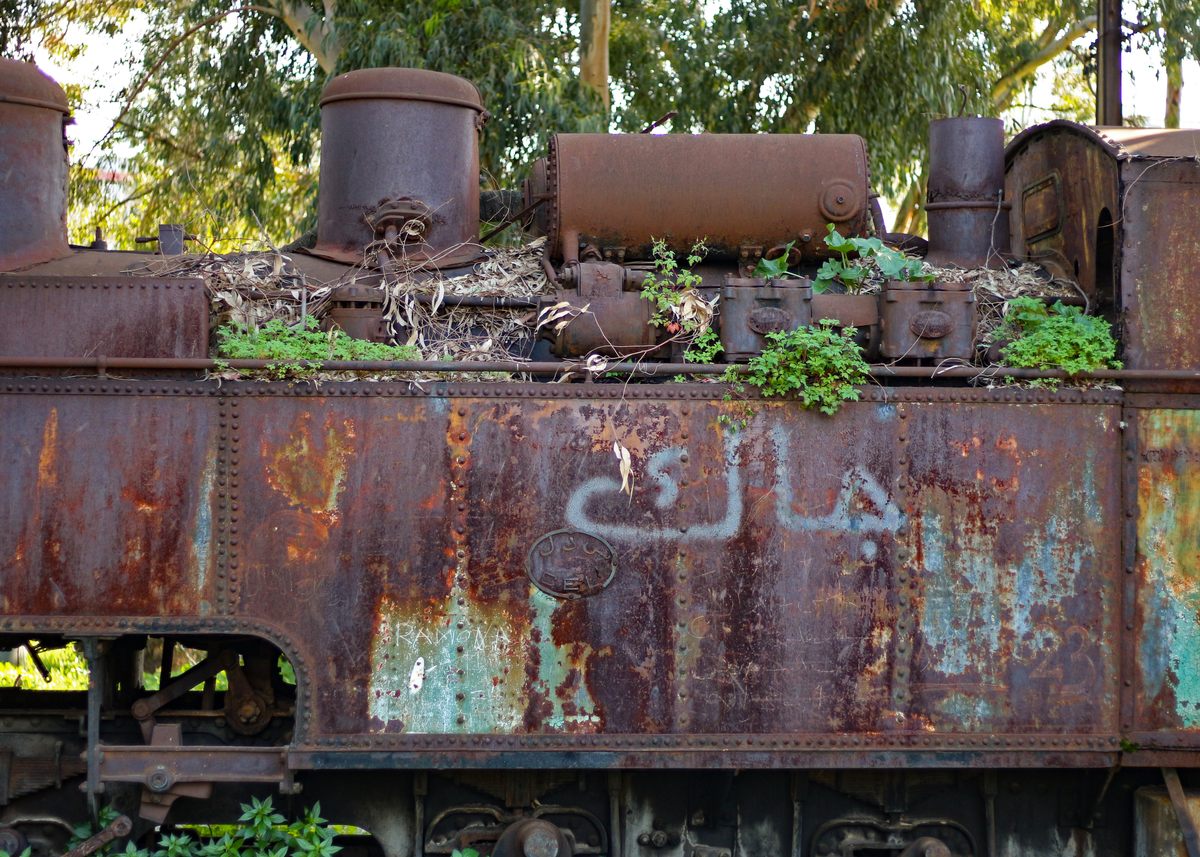
That moment compelled Maalouf to figure out a way to preserve his country’s and town’s rail history. He changed the subject of his documentary to that, and went on a trip to Europe to track down archives from the Lebanese diaspora living abroad. As he interviewed former railway workers, he realized their deep love and attachment to the railway, and he, too, became more invested.
“I was waking up in the morning thinking of trains, I was sleeping thinking of trains, everything I talked about was trains,” he says. “I started making a documentary about the rails and rails became the story of my life.”
In the years since, Maalouf has founded an NGO, called Train, Train, and through it gathered a group dedicated to returning railway travel and transport to Lebanon. But they soon encountered obstacle after obstacle from the government, which, despite a bloated public sector, provides almost no public services.
The traces of Lebanon’s rail history are everywhere. Tracks still traverse the country, silently wending their way past the seaside, forests, and mountains. Steam engines that were once among the best in the world are now more like wildlife preserves, with foxes and owls making homes of frozen locomotives and unused cars.
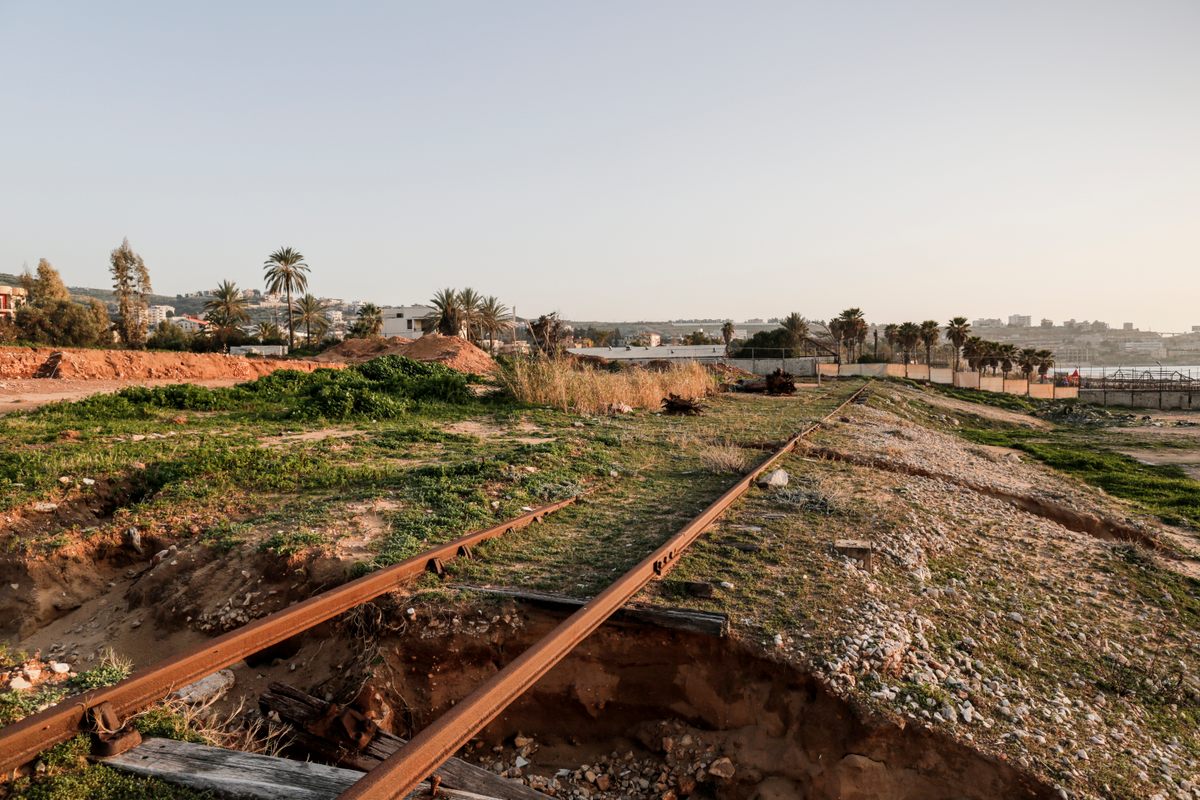
The system had been initially built in the 1890s, through the efforts of local and French businessmen. The trains were engineering marvels, with special gears that allowed them to ascend the country’s steep slopes. They made Beirut and Tripoli into centers for trade and linked Lebanon to Syria, Iraq, Turkey, and Europe. They also provided a vital public service to Lebanese citizens, who had never really been able to move around the country for work, studies, or leisure.
The Lebanese Civil War broke out in 1975 and ravaged the country for 15 years. During that time, most trains were stored in their stations for safety. The ruling class that emerged from the civil war was composed of some of the same people who had led militias during the war. They divided up the government among themselves, and the Lebanon they rebuilt was privatized for their profit.
“We are one of the oldest countries in the Levant to have railway networks … unfortunately … every public service and every organized service … has died because the whole concept of state and public service is dying,” says Albert Kostanian, a Senior Policy Fellow for Economics at the American University in Beirut Issam Fares Institute, and a consultant on public transportation and infrastructure.
This collapse of public transportation has had repercussions. Across the country, roads are so crowded with cars that the congestion has grown infamous. Getting in and out of Beirut often means a nightmare of bottlenecks and interminable waits in choking traffic. “You have an abnormal number of cars per capita, in Lebanon,” says Konstanian. “If you don’t have a car, you don’t have any means of economic or social integration.”

A semiformal private network of microbuses has filled the public transportation vacuum for people who cannot afford private vehicles. Petra Samaha, a researcher at SciencesPo who has studied transportation in Beirut, explains that the microbuses are run by syndicates that are linked to political parties that have profited from privatization of the transportation sector. “It’s like a web of interests that got really tight,” she says. “It’s really a system that’s got its hand like an octopus on the public assets of the state.”
According to Samaha, the governing political parties use transportation networks to both strengthen their political bases and turn a profit. This leads to a situation in which there is no incentive to invest in public transportation. The same applies to both the failing electricity grid and polluted water, both of which force citizens to rely on generators and private water trucks. “They killed the public system,” Kostanian says, “to have a private system.”
Maalouf still smarts from the governmental obstacles he says have stymied Train, Train’s efforts to preserve and revitalize the railways. The group first tried to build a museum about the history of the railway in now-quieter Riyaq. The museum would honor that history, and bring to life trains still rusting in Riyaq’s station. But the government denied permission. Maalouf does not know exactly why, but he blames “personal reasons.”
It may be linked to Maalouf’s disdain for the head of Lebanon’s Public Transport and Railway Administration, Ziad Nasr, whom he accuses of being completely ignorant about transport and obtaining his position through political connections.

“When we went and we approached him, he was really confused,” Maalouf seethes. “Up until now, I assure you, he doesn’t know the names of the trains that we have, the numbers of the stations, the difference between one and another, the differences of transportation networks.”
The Public Transport and Railway Administration runs a small fleet of semifunctional buses and has authority over the abandoned rail stations. Its employees reportedly have very little to do, and the situation appears symptomatic of the larger issue of public sector corruption and waste in Lebanon.
The refusal to permit a museum only led Maalouf to escalate his plans. “We’ll make the project bigger,” he remembers thinking. “So we asked for the railways back.”
Most of the railroad’s tracks remain in place, lacing through the country, according to Train, Train’s research. However, any restoration would have to deal with small encroachments on the tracks, ensuring that tunnels and bridges are safe, and refurbishing Lebanon’s remaining trains. The government has blamed a lack of funds for their inaction.
Nevertheless, in 2015 Maalouf managed to raise enough funds to build a “prototype” rail line to show that bringing back railways was possible. They chose a line with tunnels, bridges, and encroachments on the tracks: all the physical obstacles to railway renewal. “In order to prove a point … we decided to make a prototype of everything that’s not allowing the railway to happen … in a very difficult stretch of line,” he says. “I say give me three months and I can restore [it].” He gathered engineers and investors, all he needed was government permission. Once again, it was refused.
Despite these setbacks, Train, Train has expanded, as more people have latched onto the idea of restoring the country’s railways. “The NGO started becoming bigger without me understanding how it is growing, but it was like a message that everybody was waiting for,” says Maalouf. Carlos Naffah, who currently leads Train, Train, was converted to an ardent train lover through the group’s meetings. “I see it as a chance to reconnect the country, to reconnect it internally, to the region, and to the world,” he says.

When Naffah took over leadership of the NGO, he took a more conciliatory approach with the railway authorities. He was able to get many politicians to promise to commit to rebuilding the railway in their political campaigns ahead of the 2017 parliamentary elections, but this did not result in substantive action. He does credit the campaign with spreading awareness about the trains.
Naffah has a better relationship with Nasr than Maalouf did, but he also mourns how the rail administration has treated Beirut’s rail stations, where bars and pubs were built in and among the remaining trains, capitalizing on their haunting beauty. It hurts Naffah to see the train station treated like this, like the trains are dead and will never run again. “We don’t want to see it as a graveyard, we want to see it as a space for life,” he says.
Train, Train has continued to lay the groundwork for a future return of the railways. For now, the dream to bring back the trains remains at a standstill. Naffah and Kostanian believe this is because such a project would take time and investment, while many politicians are after more immediate political wins.
Under Naffah’s leadership, the NGO studied the surviving train tracks and created a publicly available “master plan.” They work with universities in Lebanon, offering lectures and trainings on transportation and getting more young people invested in transportation. “Even if we didn’t bring back the railways yet,” says Maalouf, “we’ve been able to make people become transportation planners.”
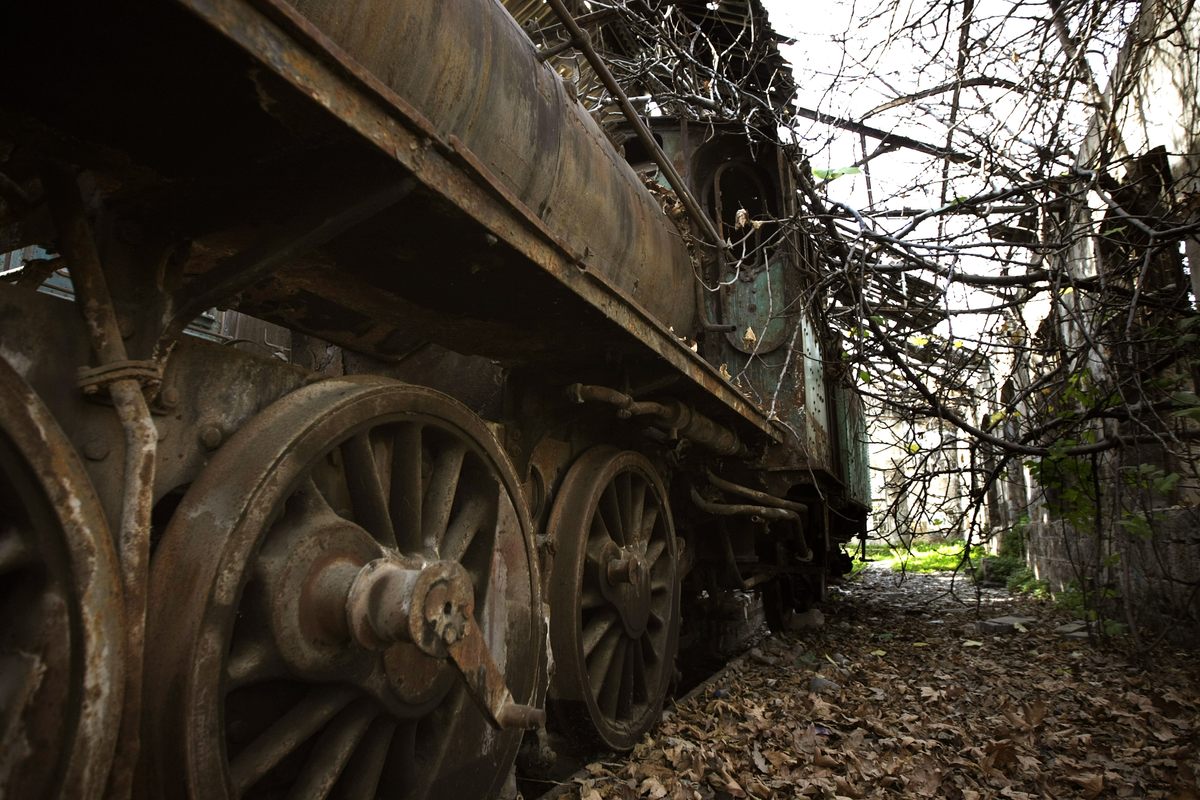
Naffah does not know whether he will see trains run in Lebanon again in his lifetime, but he considers this work a long-term investment. “I believe that it will take generations,” he says. “I believe that once this journey starts, nobody can stop it.” He adds that his commitment to the project is what is keeping him in Lebanon, even as the economic situation grows more dire. “Without hope [and] having this dream to bring Lebanon on track,” he laughs wryly at the dad joke, “I should emigrate because it’s not logical what I’m doing. It’s just coming from … belief.”
After 15 years of living and breathing trains for his cause, Maalouf decided to take a step back and raise a family. He now runs a vineyard in Riyaq, where, of course, the bottle labels bear the image of trains.
But he has managed to bring at least one train back to life. Years ago, he snuck aboard a train abandoned in one the stations with a friend, an old train conductor, and a couple of batteries. Miraculously, they managed to get the engine running and rode the train through Beirut for a mile without anyone noticing. “It was the happiest moment of my life,” he says.


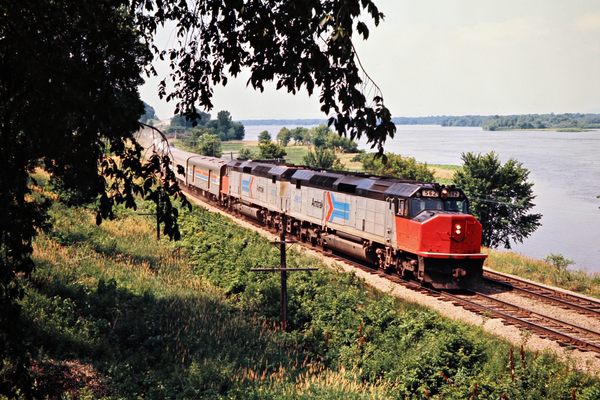


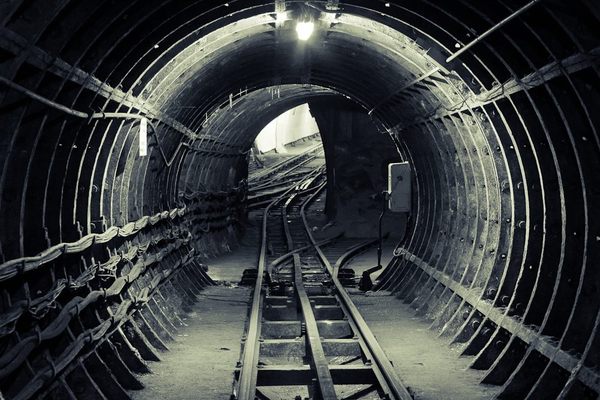




Follow us on Twitter to get the latest on the world's hidden wonders.
Like us on Facebook to get the latest on the world's hidden wonders.
Follow us on Twitter Like us on Facebook